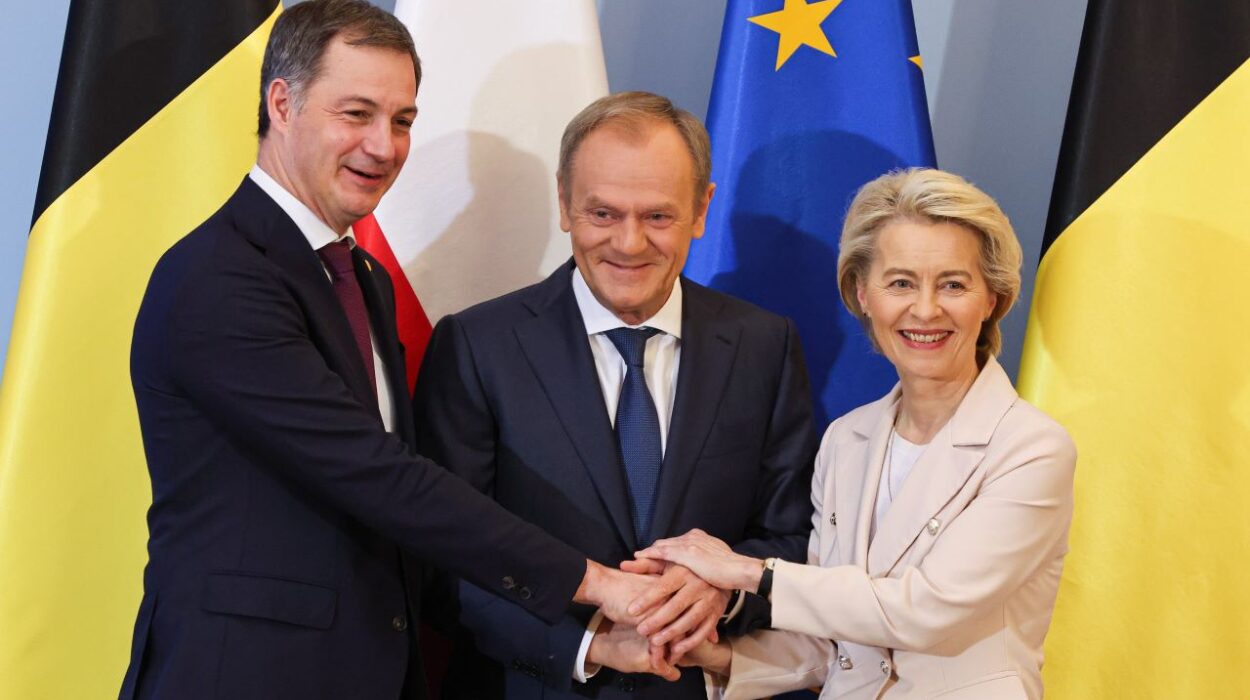Brussels (Brussels Morning) – The EU Commission disburses €6.3 billion to Poland from the Recovery and Resilience Facility, with €3.6 billion in loans and €2.7 billion in grants.
Today, the European Commission disbursed to Poland the foremost payment of €6.3 billion (net of pre-financing) with €3.6 billion in loans and €2.7 billion in grants under the Recovery and Resilience Facility (RRF).
According to the Press of the European Commission, as for all Member Nations, payments driven to Poland under the RRF are performance-based, implying that they depend on the performance of Poland of the investments and reforms conveyed in its recovery and resilience plan.
What Conditions Must Poland Meet?
On 15 December 2023, Poland presented to the Commission the first payment request of €6.3 billion under the Recovery and Resilience Facility encircling 37 milestones and one target. These wrap five investments and 25 reforms in critical areas such as improving the country’s investment climate, the strength and competitiveness of the economy, agriculture, green energy, digital modification, health and clean mobility.
When Did Poland Submit Its Request?
On 29 February 2024, the Commission assumed a positive preliminary appraisal of Poland’s first payment request. The Commission figured that Poland had satisfactorily fulfilled the two “super milestones” to maintain important aspects of the independence of the Polish judiciary by improving the disciplinary regime for judges. It had also sufficiently fulfilled another super milestone perpetrating Poland’s use of Arachne, an IT tool that supports Member States’ audit and control systems.
The favourable thought of the Economic and Financial Committee of the Council on the payment proposal paved the way for the EU Commission to assume a final decision on this disbursement.
What Is the Total Funding for Poland?
Poland’s recovery and resilience plan will be sponsored by a total of €59.8 billion in grants and loans. The portions of payments made to Member States are issued in the Recovery and Resilience Scoreboard, which indicates the progress made in the implementation of the RRF as a full and of the individual recovery and resilience plans.
How Is the Recovery and Resilience Scoreboard Used?
The Recovery and Resilience Scoreboard provides an overview of how the enactment of the Recovery and Resilience Facility (RRF) and the national recovery and resilience projects is progressing. The RRF entered into force in February 2021 to contain the economic and social influence of the Covid-19 pandemic. It is the cornerstone of NextGenerationEU, an exceptional EU recovery instrument to help repair the rapid economic and social damage of the coronavirus pandemic, and will disburse up to €648 billion (in 2022 prices) in donations and loans to EU Member States.
Member States utilise the funds provided by the RRF to implement enterprising reforms and investments to make their economies and societies more bearable, resilient and ready for the green and digital transitions.



